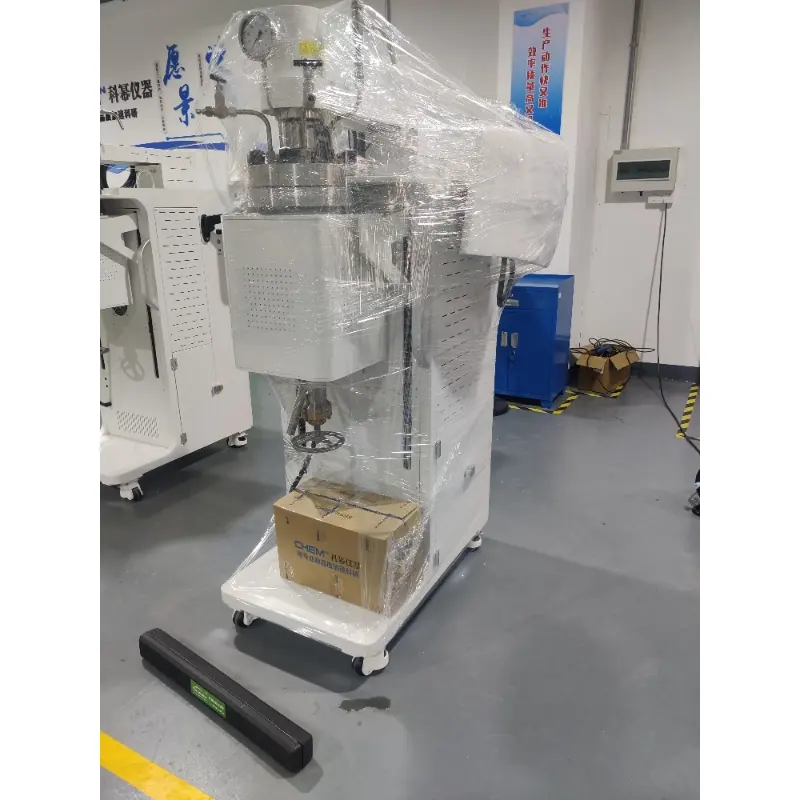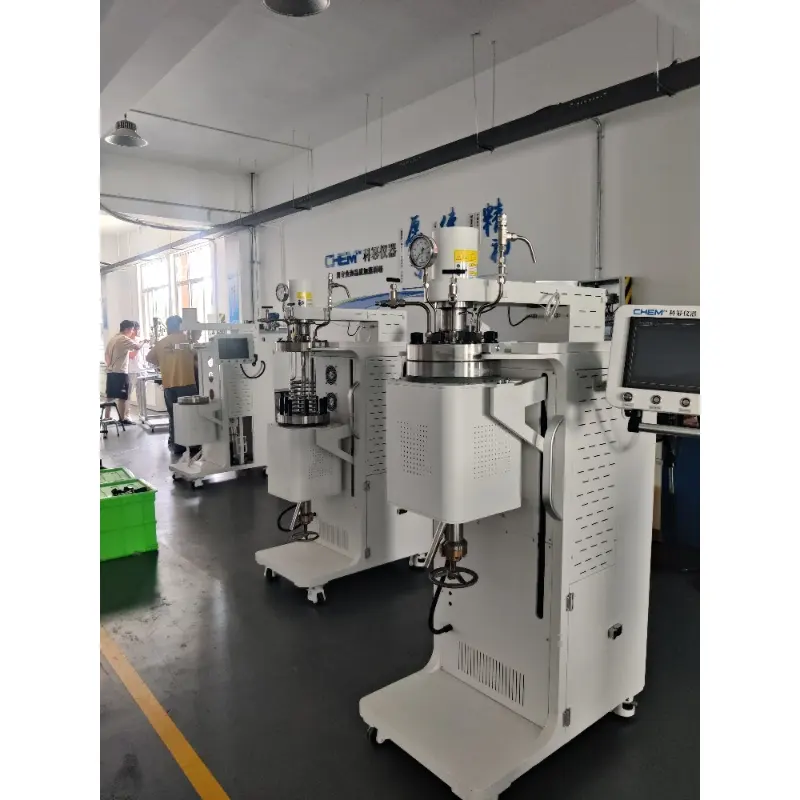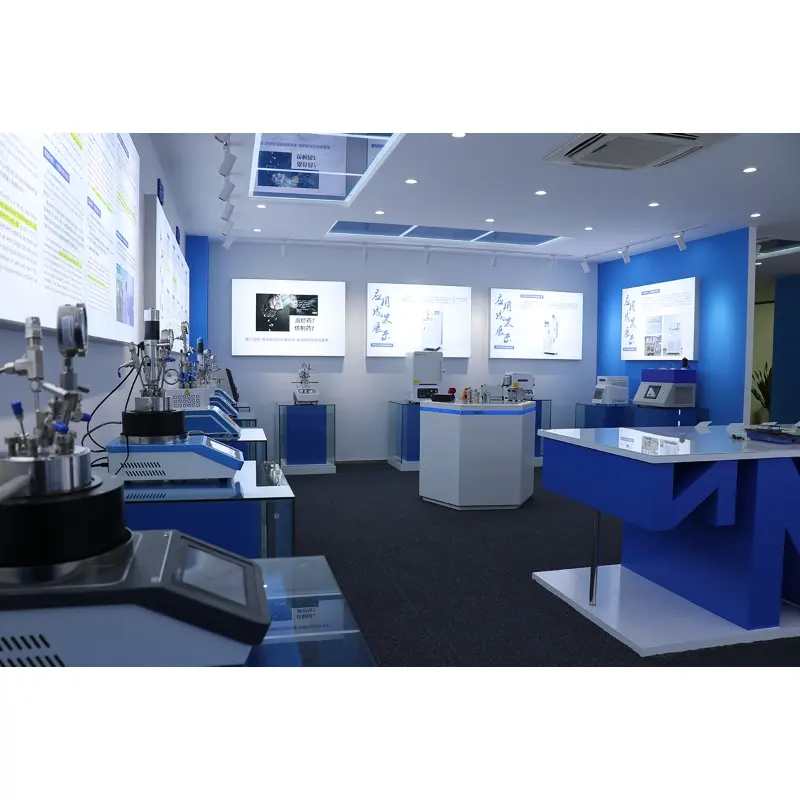Table of Contents
Laboratory autoclave reactors are commonly used high-pressure reaction devices, but some common issues may arise during use.
Laboratory Autoclave Reactors Common Issues
- Seal Leaks / Leakage: This is one of the most common problems. It can be caused by several factors, such as aging seals, damaged O-rings, loose or unevenly tightened bolts, or foreign objects between the reactor lid and body. Leakage prevents pressure from being properly built up and may even pose safety risks.
- Temperature or Pressure Control Failure: If the temperature/pressure control system malfunctions, or if the heating/cooling rate is too fast, the temperature or pressure may exceed the set values. This not only affects the experimental results but may also damage the equipment or cause an explosion.
- Uneven Heating: If the heating jacket or internal heating elements malfunction, it may lead to uneven temperature distribution inside the reactor, affecting the uniformity and reproducibility of the reaction.
- Internal Corrosion: If the reactants are corrosive and the inner lining material is inappropriate, or if cleaning is insufficient, corrosion of the reactor inner walls may occur. This shortens the equipment’s lifespan and may even contaminate the experimental samples.
- Stirring Malfunctions: Problems with the stirrer motor, couplings, or stirring paddles may cause failure of stirring or unstable stirring speeds, affecting the mixing efficiency of the reaction.
Lab Autoclave Reactors Precautions During Use
To ensure safety and successful experiments, it is crucial to strictly follow operating procedures when using an autoclave reactor.
- Pre-operation Inspection: Before each use, check the components of the reactor. Inspect the power line, pressure gauge, and ensure that attachments such as the stirrer, thermometer, and safety valve are properly installed. Pay special attention to the condition of seals and O-rings for wear or cracks, ensuring they are clean and correctly installed.
- Follow Operating Procedures: Operate strictly according to the manufacturer’s manual, especially regarding the load amount, maximum working pressure, and maximum working temperature. The fill amount should generally not exceed two-thirds of the reactor’s capacity.
- Pressure and Pressure Relief: Gradual pressurization and depressurization are essential. Sudden pressure changes may impact the equipment and cause damage. When releasing pressure, ensure the reactor’s temperature has dropped to room temperature or a safe level, and slowly open the vent valve.
- Check for Safety Hazards: During the heating and pressurization process, closely monitor the temperature gauge, pressure gauge, and safety valve. If any abnormalities, such as a sudden rise in temperature or pressure, are noticed, immediately stop heating and take emergency action as necessary.
- Ensure Ventilation: Some chemical reactions may produce toxic or harmful gases. Therefore, the laboratory using the reactor must have good ventilation, and in some cases, the experiment should be performed in a fume hood.
Laboratory Autoclave Reactors Maintenance and Care
Proper maintenance and care can greatly extend the lifespan of the autoclave reactor.
- Regular Cleaning: After each use, thoroughly clean both the interior and exterior of the reactor, especially the inner lining. If the reactants are corrosive, use appropriate solvents for neutralization or cleaning, then rinse thoroughly with clean water and dry. The valves, pipes, and seals on the reactor lid should also be cleaned.
- Seal Replacement: Seals and O-rings are consumables and should be checked regularly. If any aging, hardening, or cracking is found, they should be replaced immediately.
- Lubrication: For threaded and moving parts, such as stirrer bearings, apply an appropriate amount of grease regularly to reduce wear and corrosion.
- Check Safety Valve: The safety valve is a critical safety feature and should be regularly calibrated or checked to ensure it is functioning properly.
- Storage: When the reactor is not in use for extended periods, thoroughly clean and dry it, then store it in a dry, non-corrosive environment.
Kemi is a professional autoclave reactor manufacturer in China. Our products are certified for quality and come with a long warranty. We also have a dedicated after-sales team to assist you with any product issues. Please feel free to contact us.




